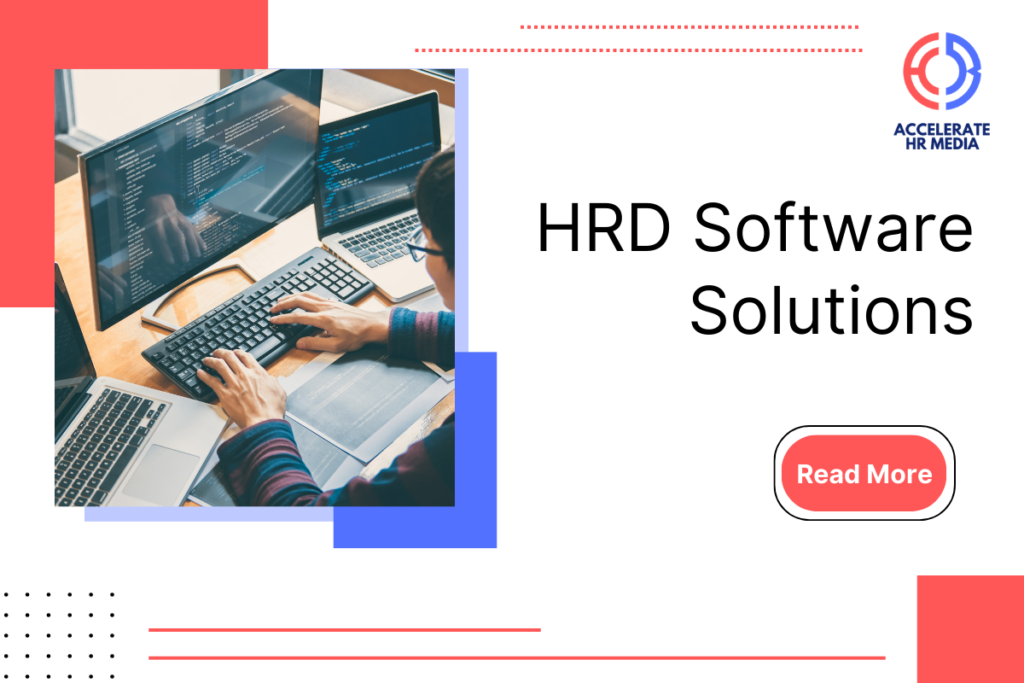
In today’s fast-paced business world, managing human resources effectively is more important than ever. Companies need to attract, retain, and engage their employees while also ensuring compliance with regulations. This is where HRD software solutions come into play. These tools help organizations streamline their HR processes, improve efficiency, and enhance employee satisfaction. In this guide, we will explore what HRD software solutions are, their key features, benefits, and best practices for implementation.
What Are HRD Software Solutions?
HRD software solutions are technology platforms designed to help businesses manage their human resources more effectively. These solutions cover a wide range of functions, including recruitment, onboarding, performance management, payroll processing, and employee engagement. By automating and optimizing these processes, HRD software allows organizations to focus on their core business activities while ensuring that their workforce is well-managed.
Key Features of HRD Software
HRD software solutions come with various features that cater to different aspects of human resource management. Here are some key features to consider:
1. AI in Marketing
AI in marketing refers to the use of artificial intelligence technologies to improve marketing efforts. In the context of HRD software, AI can help organizations analyze employee data, predict workforce trends, and enhance recruitment processes. By leveraging AI, businesses can make data-driven decisions that lead to better hiring outcomes and employee satisfaction.
2.Marketing Automation
Marketing automation involves using software to automate repetitive marketing tasks. In HRD software, marketing automation can streamline communication with employees and candidates. For example, automated emails can be sent to keep employees informed about company updates or to remind candidates about upcoming interviews. This not only saves time but also ensures consistent communication.
3.Data-Driven Marketing
Data-driven marketing relies on data analysis to inform marketing strategies. HRD software solutions can collect and analyze employee data to provide insights into workforce trends, employee performance, and engagement levels. By using data-driven marketing strategies, organizations can tailor their HR initiatives to meet the specific needs of their workforce.
4.Personalized Marketing
Personalized marketing involves tailoring marketing messages and experiences to individual customers based on their preferences and behaviors. In HRD software, personalized marketing can enhance employee engagement by providing customized training programs, career development opportunities, and recognition initiatives. This approach ensures that employees feel valued and supported in their professional growth.
Benefits of Using HRD Software Solutions
Implementing HRD software solutions can provide numerous benefits for organizations. Here are some key advantages:
- Improved Efficiency: Automating HR processes reduces the time spent on manual tasks, allowing HR professionals to focus on strategic initiatives that drive business growth.
- Enhanced Employee Engagement: HRD software solutions can facilitate better communication and collaboration among employees, leading to higher levels of engagement and satisfaction.
- Data-Driven Insights: By analyzing employee data, organizations can gain valuable insights into workforce trends, performance metrics, and engagement levels. This information can inform decision-making and improve HR strategies.
- Streamlined Recruitment: HRD software solutions can simplify the recruitment process by automating candidate sourcing, screening, and onboarding. This leads to faster hiring times and better candidate experiences.
- Compliance Management: HRD software can help organizations stay compliant with labor laws and regulations by automating record-keeping and reporting processes.
Best Practices for Implementing HRD Software
To maximize the benefits of HRD software solutions, organizations should follow these best practices:
1. Define Clear Objectives
Before implementing HRD software, it’s essential to define clear objectives. What do you want to achieve with the software? Whether it’s improving employee engagement, streamlining recruitment, or enhancing compliance, having specific goals will guide your implementation strategy.
2. Involve Key Stakeholders
Involving key stakeholders in the implementation process is crucial. This includes HR professionals, IT teams, and employees who will be using the software. Gathering input from various perspectives will ensure that the software meets the needs of all users and enhances overall satisfaction.
3. Invest in Quality Training
Training is vital for successful software implementation. Provide comprehensive training sessions for employees to familiarize them with the new system. This will help them feel confident in using the software and ensure a smooth transition.
4. Monitor Performance
Once the HRD software is implemented, regularly monitor its performance. Use analytics tools to track key performance indicators (KPIs) and measure the effectiveness of the software. Based on the data, make adjustments to optimize its use and improve outcomes.
5. Gather Feedback
Encourage employees to provide feedback on their experiences with the HRD software. This feedback can help identify areas for improvement and ensure that the software continues to meet the needs of the organization.
The Future of HRD Software Solutions
The future of HRD software solutions looks promising, with advancements in technology driving innovation. Here are some trends to watch for:
- Increased Use of AI: As AI continues to evolve, its integration into HRD software will become more prevalent. Expect to see enhanced predictive analytics, AI-powered customer segmentation, and personalized marketing strategies.
- Mobile Accessibility: With the rise of remote work, mobile accessibility will be a key feature of HRD software solutions. Employees will expect to access their HR tools and information from their mobile devices.
- Focus on Employee Experience: The future of HRD software will prioritize employee experience, offering tools that enhance engagement, development, and well-being.
- Integration with Other Systems: HRD software will increasingly integrate with other business systems, such as finance and project management, to provide a comprehensive view of organizational performance.
Conclusion
HRD software solutions are essential for modern organizations looking to streamline their human resource processes and enhance employee engagement. By understanding the key features and benefits of these solutions, businesses can implement effective strategies that leverage AI and data-driven marketing.

